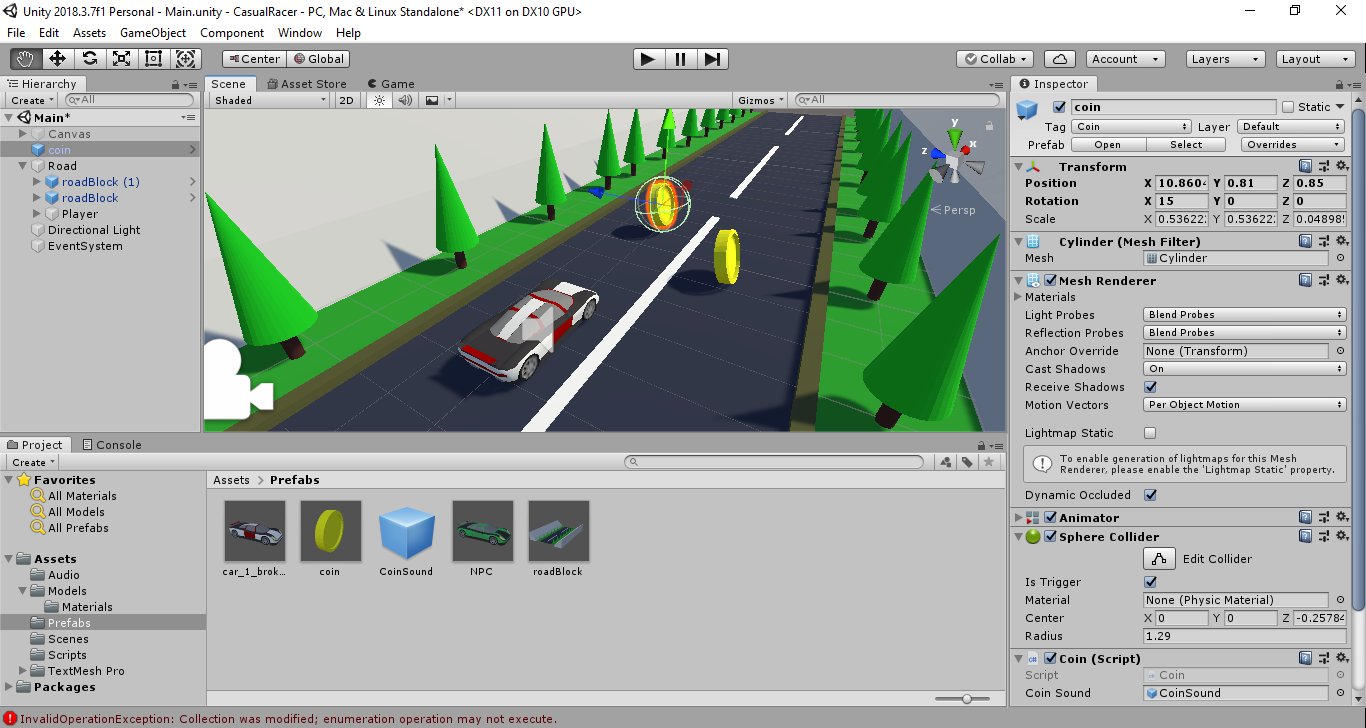

- #Update transform.x unity vector 2d how to#
- #Update transform.x unity vector 2d update#
- #Update transform.x unity vector 2d code#
Instead of doing that, what if we applied a very strong impulsive force to the bullet, much like the one in real life? Doing so will make the bullet move because of its momentum, and not because of a programmed position update.

It simply didn't know that it was supposed to stop, after hitting the target, since we programmed it to keep going to the right. Which also leads to issues like the one in which our bullet kept going even after it hit the target(Checkout our previous tutorials for the example). We've worked with shooting bullets so far, right? But our bullets have only travelled using the position change regardless of what they are and how they move in real world. In this tutorial we will cover an interesting example of using Rigidbody Physics for movement instead of Position change trick.
#Update transform.x unity vector 2d code#
Your code should now look like this: using UnityEngine You can multiply ltaTime with a number to make the movement go faster. Transform.position = Vector2.Lerp(transform.position, end.position, ltaTime) Īs we talked about in the beginning the code takes the sprite from transform.position to end.position by ltaTime amount.
#Update transform.x unity vector 2d update#
Inside Update write the following code: void Update() Yes so far I’ve mentioned Vector3.Lerp but they are identical except for the Z-axis which we don’t need to use in 2D. The final thing we have to do is to move the sprite from start to end using the Vector2.Lerp method. If you click on Play in Unity you will see that the sprite instantly moves to the Start transform. Now inside the Start method we will set the position of our sprite gameobject to the position of the Start transform. You can now see the two transforms in the game view. If you select your sprite gameobject you will see in the Smooth Mover component that you now have two new fields. We need access to the two points in our class so we will create two SerializeFields so that we can assign them in the inspector in the editor.Īdd the following lines just before the start method: private Transform start There are already inserted comments to explain the most basic stuff. Start is called before the first frame update You are then greeted with the following code: using UnityEngine The default for Unity is Visual Studio but I personally use Rider from Jetbrains. Open up the SmoothMover.cs file in your preferred editor. The script will be responsible for making the Sprite move from the Start point to the End point. Select “New Script” and name your script “SmoothMover”.
#Update transform.x unity vector 2d how to#
Here’s how to do itĬreate a new Unity project using the 2D template. We can make use of Vector3.Lerp inside the Update method of the gameobject and make use of ltaTime to make the movement smooth. to move an object gradually between those points). This is most commonly used to find a point some fraction of the way along a line between two endpoints (e.g. Interpolates between the vectors a and b by the interpolant t. Sometimes you just don’t want a boring static movement but instead you might wantsome life and something that just feels nice.Īn easy solution, which I will propose to you is to use Vector3.Lerp inside the Update method of the gameobject you want to move. The key is to found out which way match the vision for what you want to do. When you have access to the transform of a gameobject you have several options on how you want to handle movement. There are hundreds of ways to make gameobjects move in Unity.


 0 kommentar(er)
0 kommentar(er)
